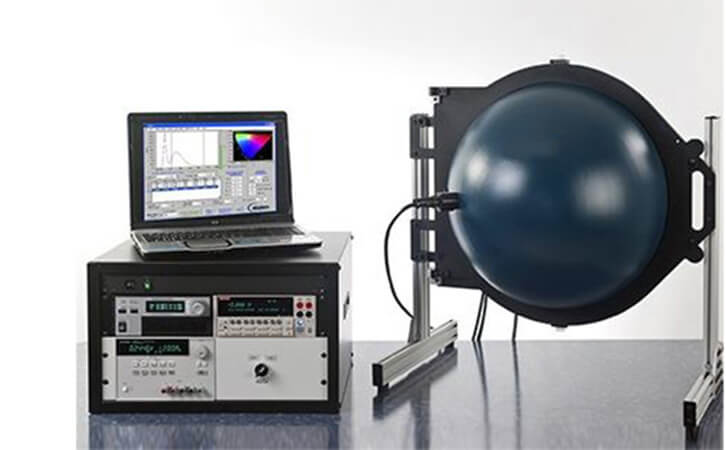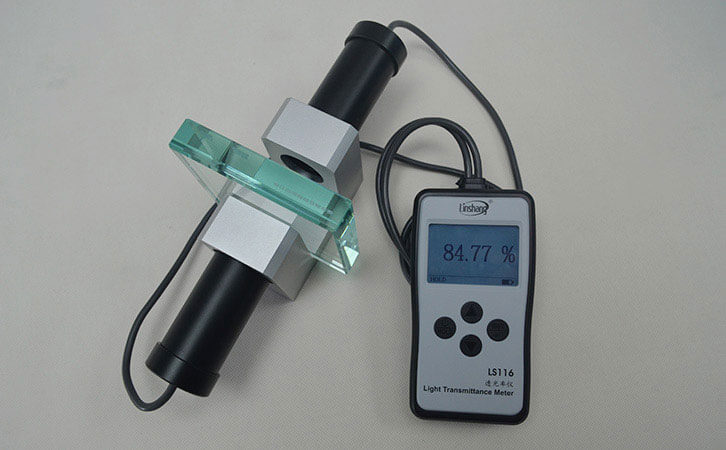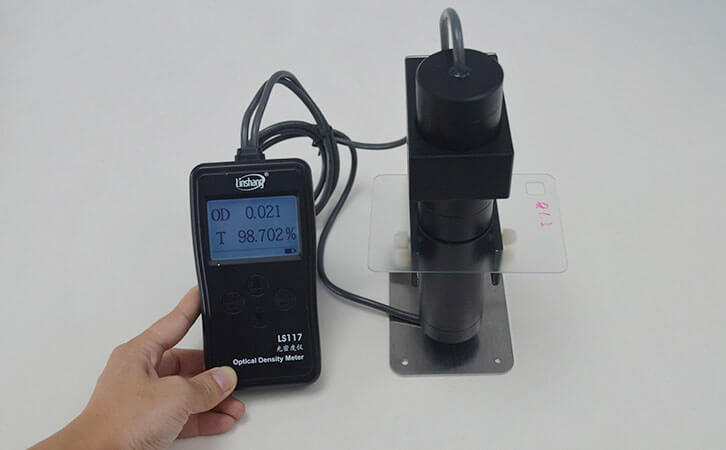Detecting Glass Transmittance With Light Transmission Meter
Glass is widely used in life and there are many types of glass, such as tempered glass, coated glass, insulating glass, laminated glass, LOW-E glass, frosted glass, and the like. Generally, the glass transmittance needs to be detected. Which light transmission meter should be used to detect the glass transmittance?
In fact, from the perspective of glass transmittance test, glass can be divided into two categories, namely transparent glass and translucent glass. Since the optical characteristics of transparent glass and translucent glass are different, the light transmission meters required are also different.
1.Light transmission meter for transparent glass inspection
For the transmittance detection of transparent glass, most light transmission meters on the market can meet the test requirements. However, since the glass has condensing properties, the thicker the glass, the stronger the condensing property. If the thickness of the glass to be tested is relatively large, users with higher test accuracy requirements must choose the light transmission meter designed for parallel light path. The word "parallel light" sounds more professional and it is difficult to judge the quality of parallel light from the appearance of the instrument. Simply put, you can choose from the following two aspects:
(1) Look at the "Measurement Sample Maximum Thickness" in the light transmission meter parameters provided by the manufacturer
Ordinary light transmission meters generally measure up to 15mm thick glass. A relatively good light transmission meter which adopt parallel light can measure 100 mm thick glass. Linshang LS116 light transmittance meter can achieve this requirement.
(2) See if the test sample is close to the source and whether the data near the receiver is biased
The general light transmission meter is equipped with a fixed test stand and the test card slot of the fixed bracket can be wide or narrow. For instruments with a wide test card slot, the accuracy of this light transmission meter is quite good if there is essentially no deviation between the test data of a thick glass placed on the left or right of the test card slot.
2. Light transmission meter for translucent glass inspection
Translucent glass is commonly found in frosted glass, patterned glass, opal glass. This type of glass refracts when the light hits the surface of the glass and the light that passes through the glass spreads at different angles. Therefore, the light transmission meter of the conventional transmittance principle cannot accurately measure this type of glass. It is required to test with a light transmission meter which adopt the diffuse transmission principle or a light transmittance meter with an integrating sphere.
(1) Light transmission meter with integrating sphere
The light transmission meter with the integrating sphere is shown in the figure below. The price of this type of instrument is relatively expensive. The larger the integrating sphere is, the more accurate the test data is. Generally used for laboratory measurements.

(2) Light transmission meter based on diffuse transmission principle
As for the light transmission meter of the diffuse transmission principle, we recommend the LS117 light transmission meter. Compared to the integrating sphere's light transmittance meter, the LS117 light transmission meter is smaller with simpler test method and the test data is very accurate. The light source complies with the CIE photopic luminosity function. The meter is guaranteed to pass the Chinese National Metrology Institute.
As a professional light transmission meter manufacturer, Linshang Technology provides users with instruments suitable for various types of glass transmittance test. For the detection of glass transmittance, we hope that through the above description, we can help you find a suitable light transmission meter.
- Linshang Insulated Glass Unit Measuring Tools
- Spectacle lens anti-blue light detection---blue-violet light transmittance meter
- Measurement of Optical Density
- Difference of LS116 Transmission & LS117 OD Meter
- Difference between LS116 and LS117 Light Transmittance Meter
- What’s the Difference Between Point Light and Parallel Light Transmittance Meter

